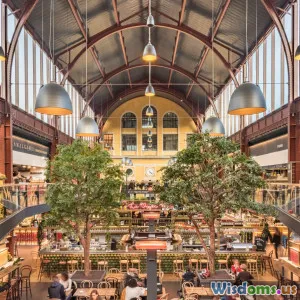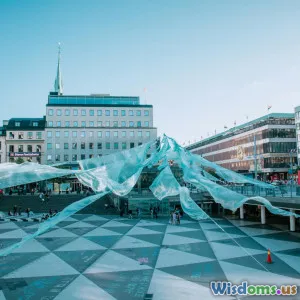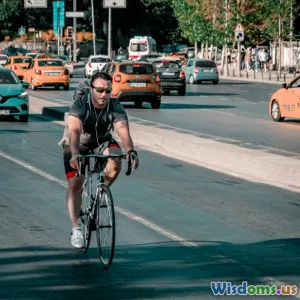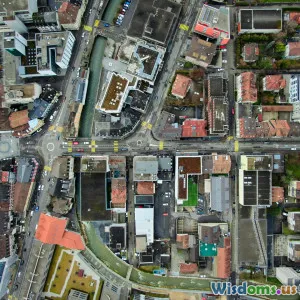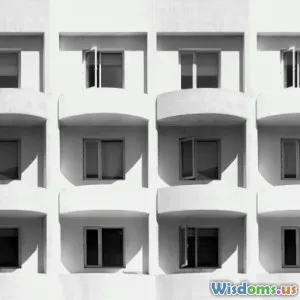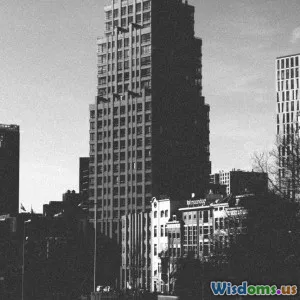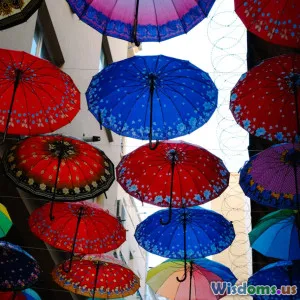
Creative Ideas for Vibrant Community Gathering Spaces
15 min read Explore innovative ways to design dynamic community gathering spaces that foster engagement, creativity, and connection for all ages. (0 Reviews)
Creative Ideas for Vibrant Community Gathering Spaces
When was the last time you wandered into a neighborhood plaza or community room and felt instantly energized—almost compelled to linger? Exceptional gathering spaces play a vital role in shaping how we connect, collaborate, and build stronger communities. Especially today, innovative approaches to these communal hubs are drawing people together by empowering creativity, inclusivity, and a sense of belonging. How do some spaces thrive while others remain underused? Let’s explore a range of actionable ideas that can transform everyday locations into vibrant centers of social life.
Multipurpose Design: Adaptable Spaces for Diverse Needs
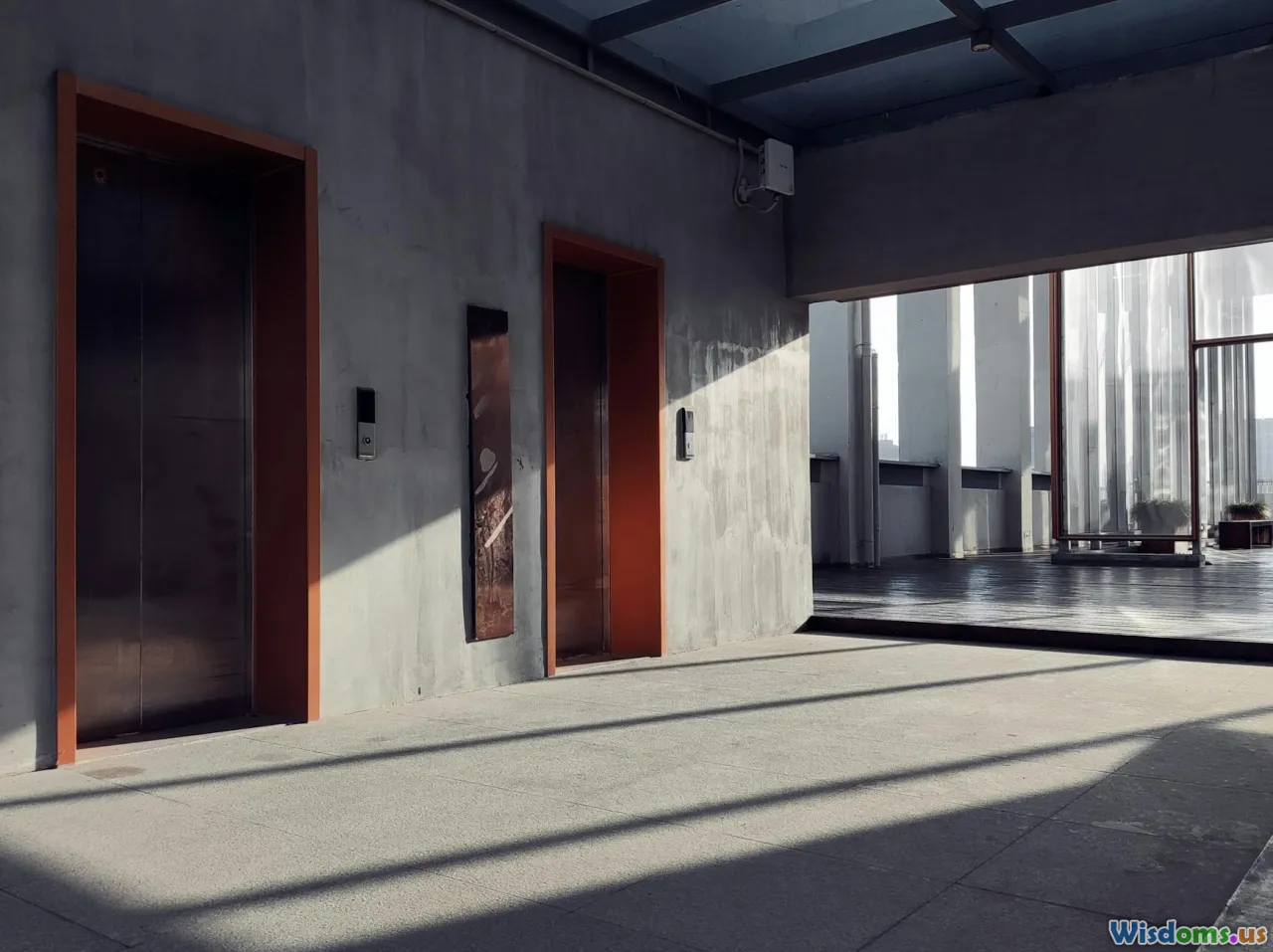
The most lively community spaces serve a multitude of purposes, accommodating yoga classes in the morning, craft markets by afternoon, and movie nights after sunset. Achieving this requires thoughtful, flexible design. Incorporating movable walls, stackable furniture, and modular stages enables a swift transformation without requiring major resources.
Cities like Rotterdam have turned old shipping containers into adjustable community hubs. The "Kijk-Kubus" cube house complex includes a central communal hub, where built-in benches and foldable tables maximize every square meter, giving the same structure a new function depending on the need. Providing storage spaces for local groups to store supplies ensures that a knitting circle or robotics workshop can claim the space as their own.
Key strategies to implement multipurpose design:
- Movable partitions: High-quality, sound-dampening partitions segment large rooms for workshops, classes, or small performances.
- Stackable or modular furniture: Chairs, tables, and even bookcases on casters save time and expand creative options.
- Smart tech solutions: Integrated AV equipment, convenient charging stations, and wireless projectors make facilitating events hassle-free.
Communities benefit when physical barriers to usage are removed, and spaces can be easily reconfigured at a moment’s notice.
Nature-Inspired Gathering Areas: Bringing the Outside In
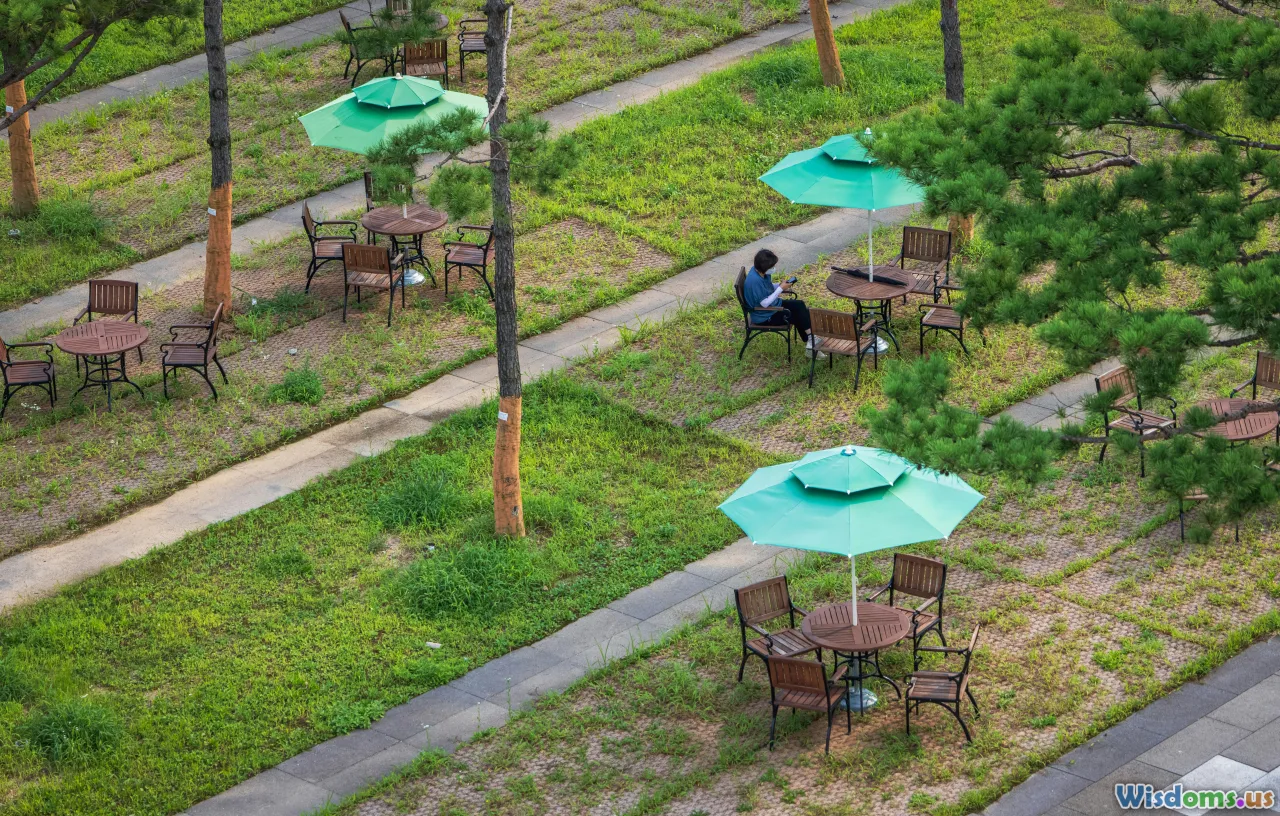
Physical environments greatly influence mood and well-being. Incorporating natural elements into community spaces cultivates a unique atmosphere and actively encourages people to stay longer. Cities around the world are onboard: Toronto’s "Green Roof Bylaw" incentivizes new developments to create rooftop gardens, opening the doors for communal gardening, urban beekeeping, and alfresco events.
Nature-inspired ideas include:
- Indoor gardens & planters: Use of native plants in bright, easily accessible interior spaces—think of the green atriums found in the Singaporean Library@orchard.
- Biophilic design: Materials like reclaimed wood, natural stone, and water features evoke outdoor tranquility.
- Sheltered outdoor seating: Retrofitting underused parking lots with shade sails and seating transforms them into micro-parks or pop-up markets.
A significant 2018 study published in the Journal of Environmental Psychology found that access to green spaces enhances community engagement and increases perceived safety. Even something as simple as a vertical herb garden can spark conversations and support after-school food literacy programs.
Art as a Central Focus: Murals, Makerspaces, and Public Performance
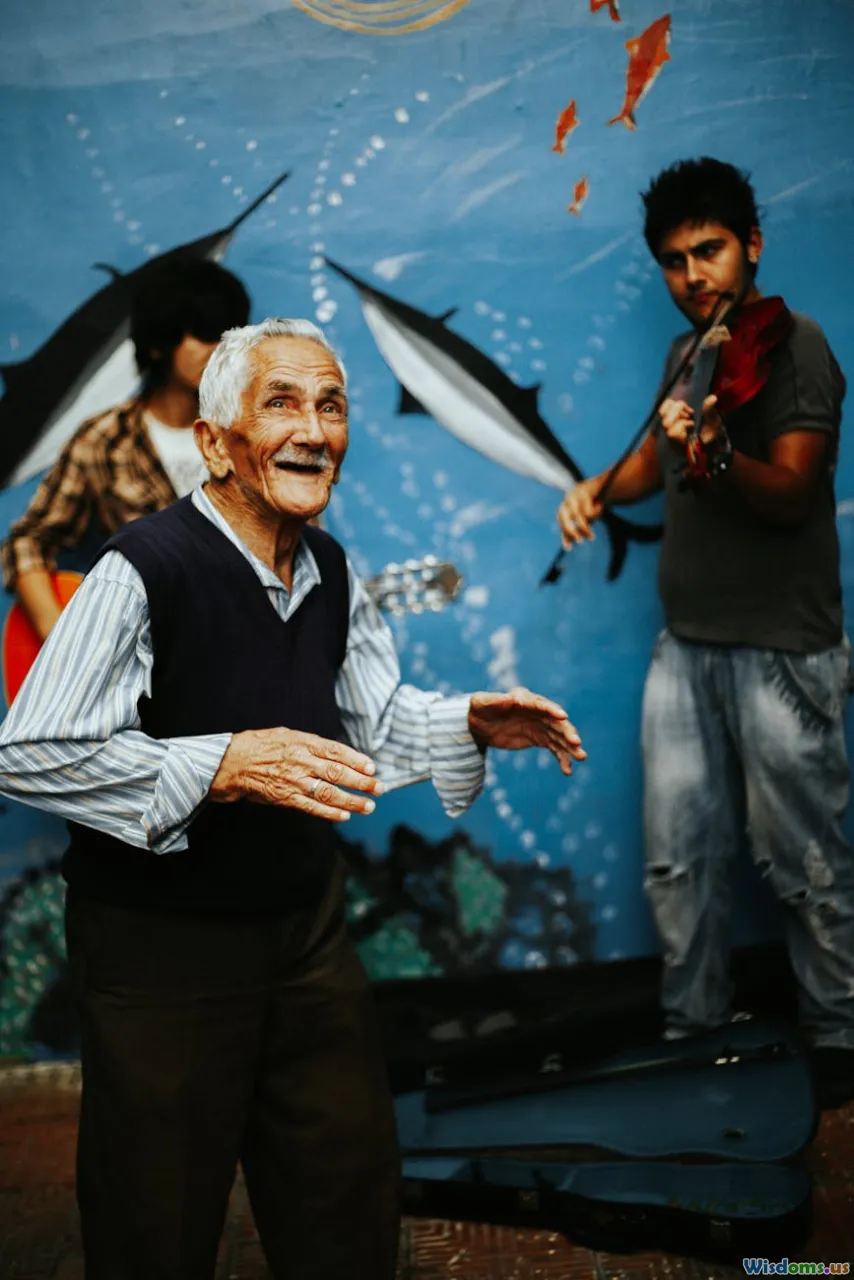
Art brings originality, expression, and pride to shared spaces. Instead of bland walls and empty corners, vibrant visual and participatory art can offer more than mere decoration.
- Community murals and open calls: Cities such as Philadelphia have led the way with the Mural Arts Program, putting local artists and residents in charge of storytelling through gigantic public canvases. Such projects serve both as beautification and as rallying points for neighborhood improvement initiatives.
- Performance corners: A modest open-air gazebo or raised platform becomes the stage for buskers, spoken-word readings, or youth bands.
- Makerspaces and DIY studios: By providing 3D printers, woodworking tools, and art supplies, libraries and rec centers give residents a venue to explore their hands-on creativity. The Martin Luther King Jr. Library in Washington, D.C. is a prime example, with its Innovation Lab open to all ages.
Allowing art to claim central space fosters a sense of ownership and highlights communal storytelling unique to each neighborhood.
Technology-Enabled Spaces: Blending Digital and Physical Worlds
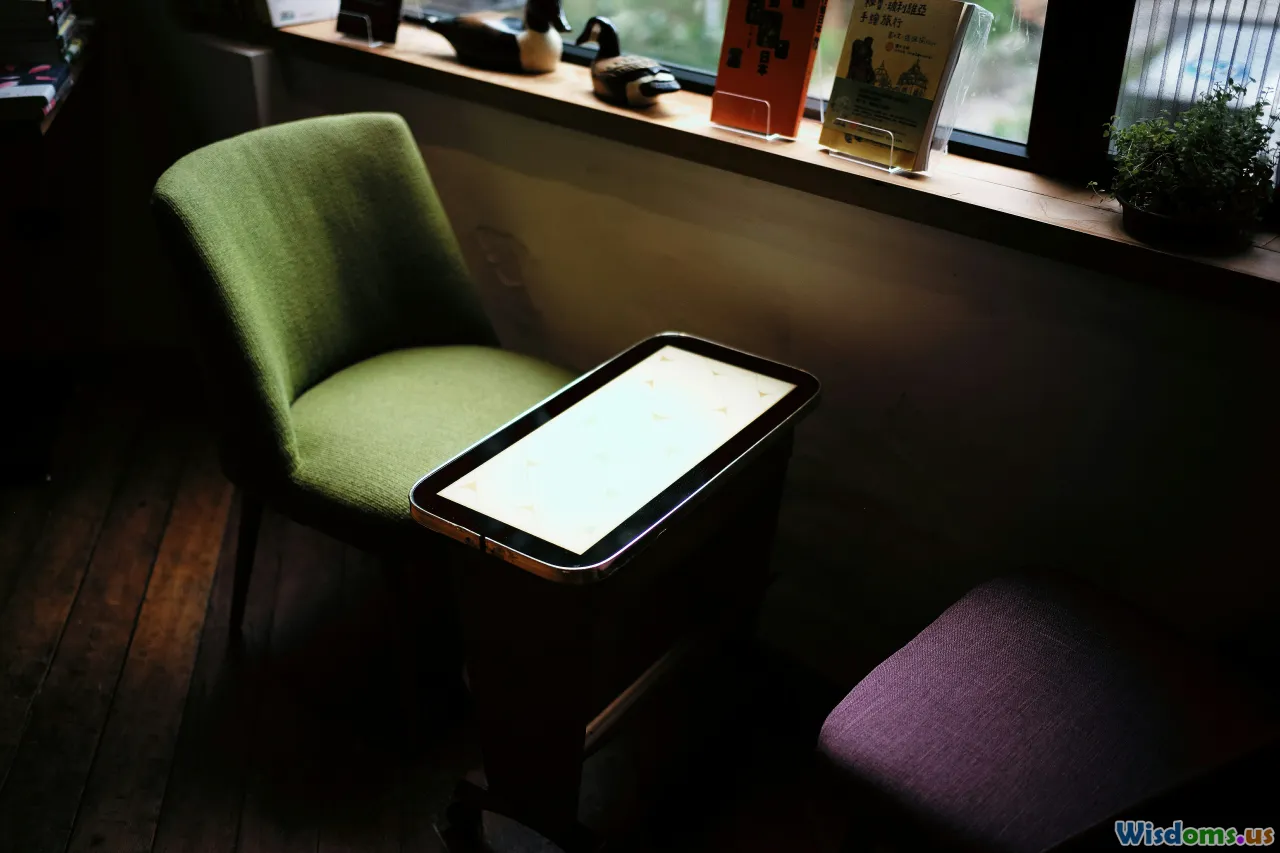
Smart community spaces address modern needs by seamlessly integrating technology. The aim isn’t to overwhelm or overshadow, but rather to enable:
- Free public Wi-Fi and device charging: Essential to bridge the digital divide, especially for underserved communities.
- Digital noticeboards and interactive kiosks: These tools allow residents to find classes, vote on initiatives, or leave messages—keeping everyone informed in real time.
- Smart lighting and programmable AV systems: Dynamic ambiance, custom to events, enhances everything from dance parties to health talks.
The Seoul Citizens’ Hall, nestled beneath City Hall plaza, brings physical and virtual communities together: visitors can record digital graffiti, interact with multimedia exhibits, and tune into live-streamed council sessions.
Incorporating technological features energizes spaces, empowering a wider range of activities and a more connected user base.
Reimagined Small Spaces: Pocket Parks and Alleyway Revival
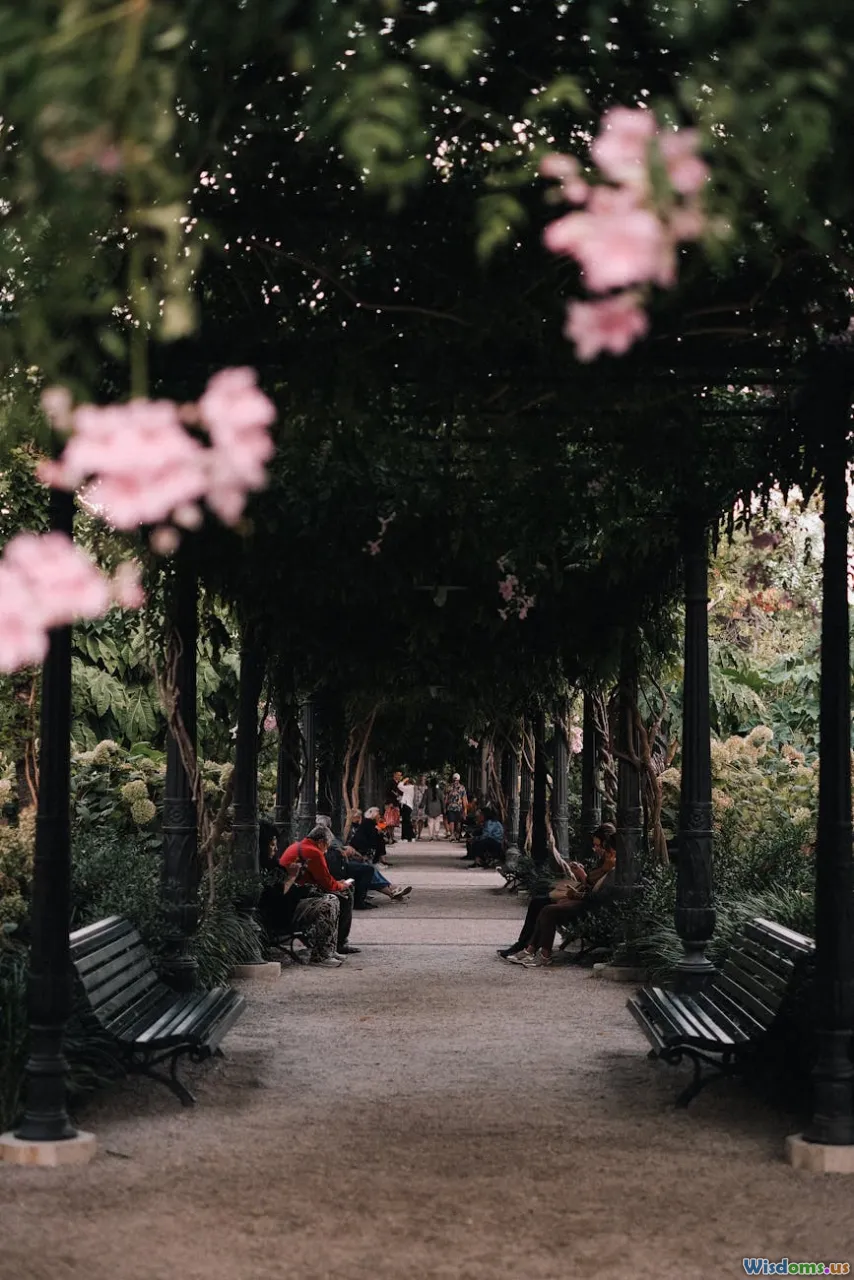
Not every community space has acres of land. Some of the most successful citizen-led initiatives make clever use of overlooked places—tiny plots, vacant lots, or musty alleyways.
Pocket Parks:
London’s "The Edible Bus Stop" took a desolate roadside parcel and replanted it as a thriving pocket park and edible garden. These bite-sized sanctuaries provide:
- Low-maintenance greenery or native plant beds
- Colorful seats, recycled from old city infrastructure
- Tabletop games integrated into benches
Alleyway Activations:
In Melbourne, formerly underused alleys became daytime hangouts and evening street art galleries. String lighting, modular seating, and changing installations keep these spaces flexible for everyday use—or surprise pop-ups.
Key considerations for small space activation:
- Invite local organizations to co-program mini-events.
- Involve residents in the design and upkeep for lasting stewardship.
By working creatively within tight constraints, the community still gains a cherished gathering spot.
Fostering Intergenerational Connections
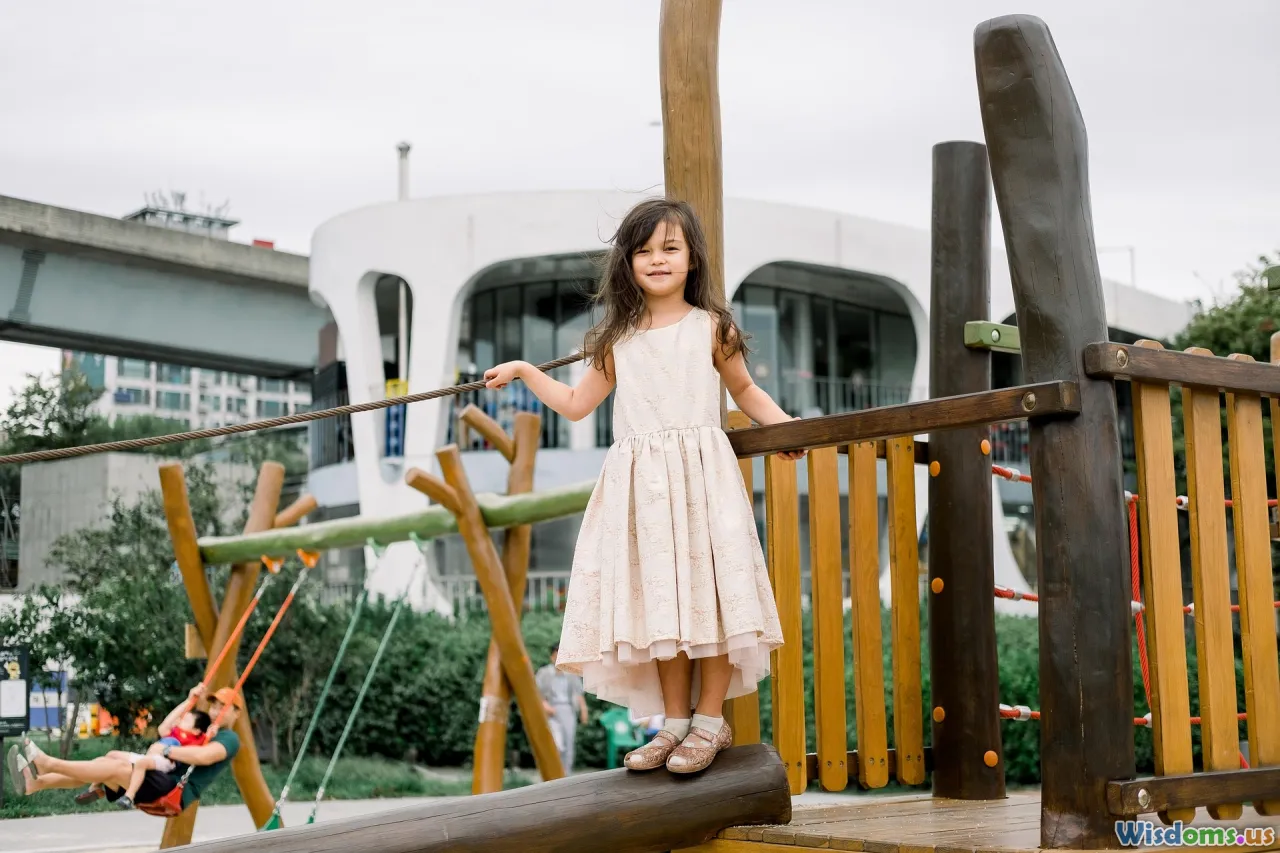
To build bridges between generations, design must cater to all age groups—creating a dynamic environment where everyone belongs.
Examples that encourage this blending include:
- Outdoor fitness zones next to playgrounds: While children play, older adults make use of low-impact exercise equipment.
- Multigenerational community gardens: Raised beds accommodate seniors or those with limited mobility, while adjacent plots encourage youth education workshops.
- Public chess or game tables: Miami’s domino parks provide examples of spots where young and old alike meet daily, exchanging stories and strategies.
Intergenerational events—board game evenings, storytelling festivals, or tech-labs for digital skill-sharing—bridge gaps, reduce social isolation, and foster empathy between neighbors.
Accessible and Inclusive by Design
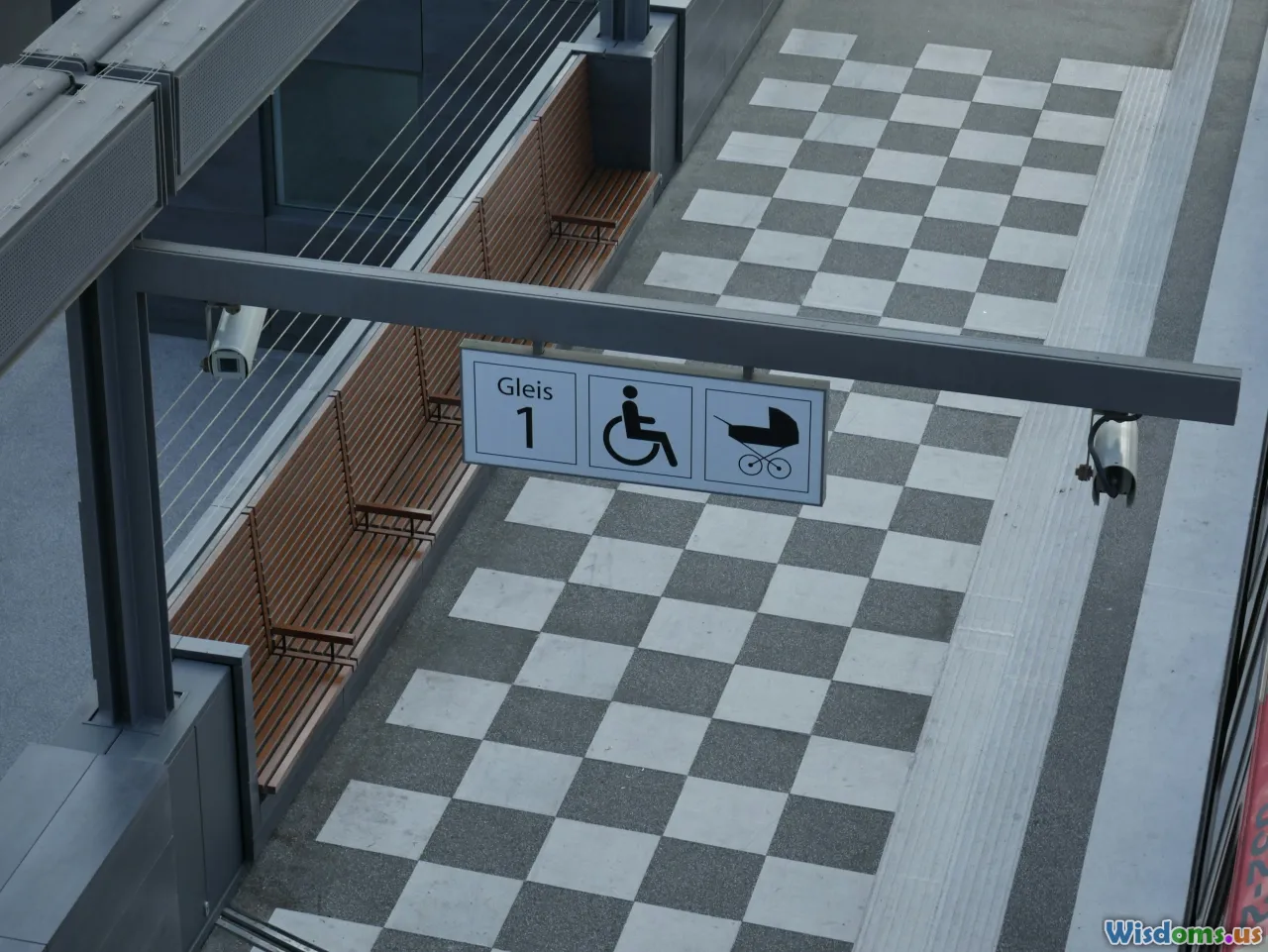
True vibrancy hinges on accessibility, ensuring everyone has equal opportunity to participate. Leading communities view accessibility not as an afterthought, but as integral from the outset. This approach involves:
- Universal design principles: Smooth, wide entryways, automatic doors, and signage in multiple formats.
- Adaptive equipment: Inclusive playgrounds like San Francisco's "Helen Diller Playground" feature tactile panels, wheelchair-accessible swings, and shaded rest areas.
- Accessible programming: Offering translation, closed captioning at events, and sensory-friendly hours.
Incorporating community feedback, especially from people with disabilities and marginalized groups, maximizes usage and comfort. The result? Spaces free from physical and psychological barriers.
Celebrating Local Food and Markets
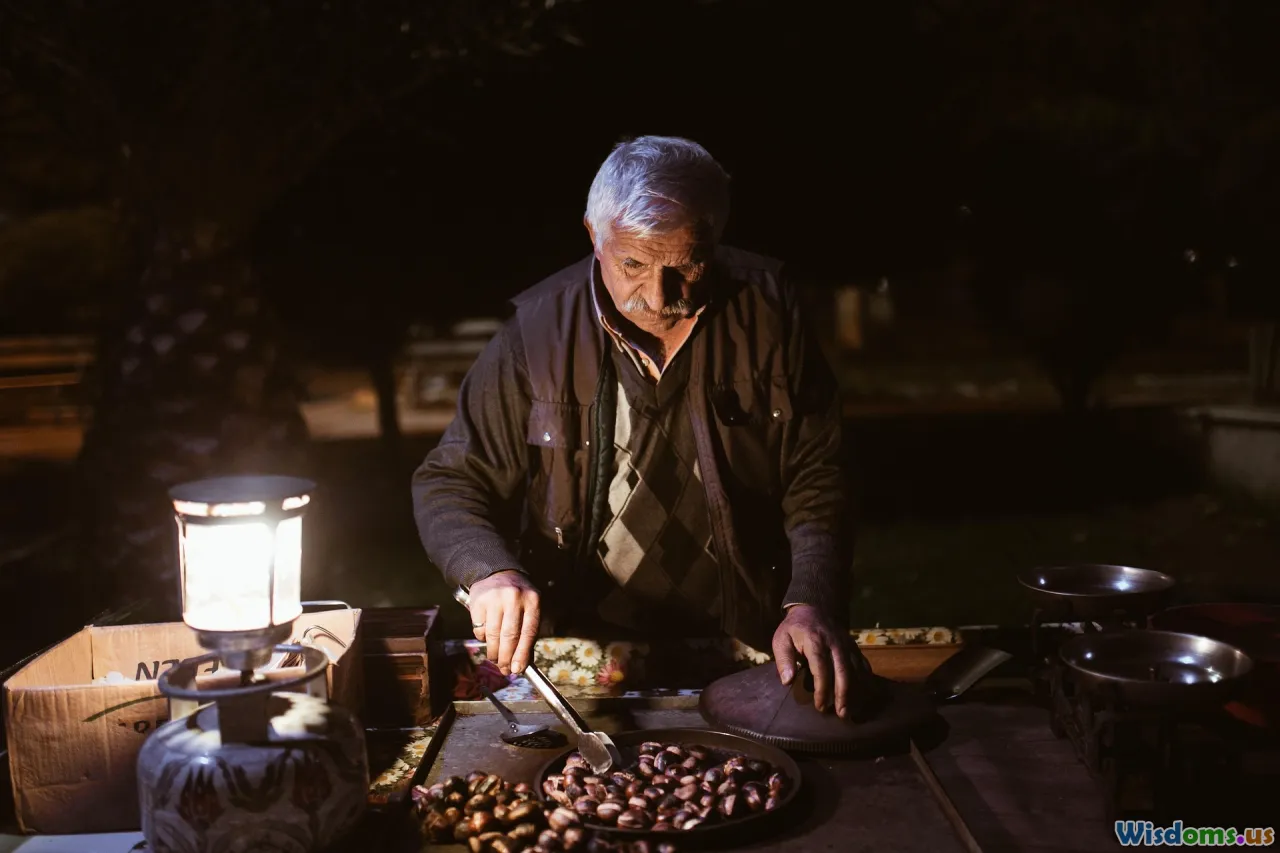
Food is a universal connector, and markets are naturally inclusive spaces. Community gathering areas near shared kitchens or open markets become hotbeds of activity:
- Weekly farmers' markets: Beyond supplying fresh produce, they host music, crafts, or culinary demos. Seattle’s Pike Place Market dedicates space for local acts and children’s art workshops.
- Pop-up food stalls and food trucks: Varied cuisine options draw diverse crowds and encourage cross-cultural exchange.
- Community cooking programs: Shared meal nights, open to all ages and abilities, transform a regular kitchen into the community’s beating heart.
By giving physical and programmatic space to food traditions, neighborhoods create lasting opportunities for unity and learning.
Emphasizing Safety, Welcoming Vibes, and Sustainable Materials
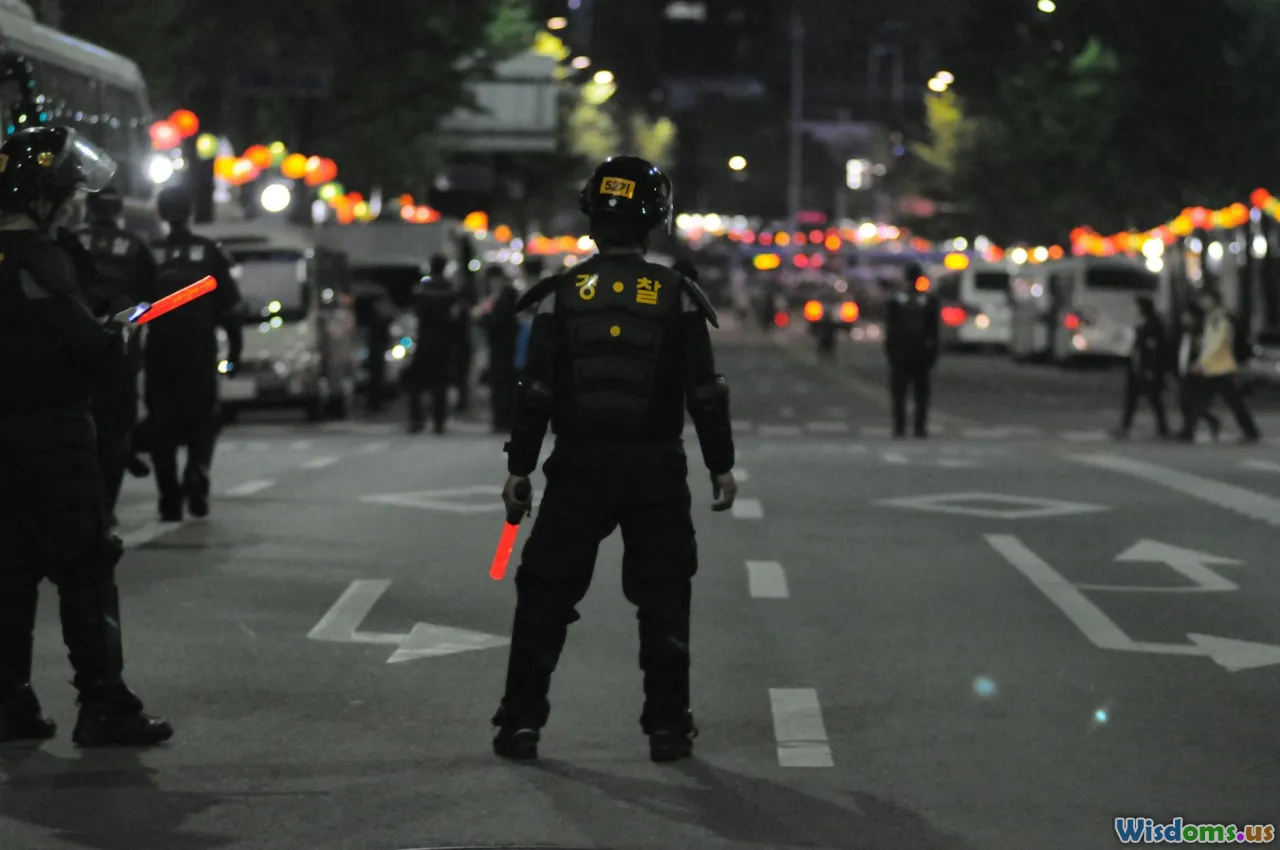
No one lingers in a space that feels unsafe, cold, or sterile. Smart planning and subtle design elements boost both perceived and actual safety without sacrificing comfort or sustainability:
- Lighting: Layered, energy-efficient LED lighting ensures visibility after dark in parks and plazas.
- Sight lines and transparent boundaries: Clear views in and around the space increase natural surveillance.
- High-quality, eco-friendly materials: Durable recycled plastics or responsibly sourced wood, as seen in Copenhagen's Superkilen Park, withstand busy crowds and the elements.
- Regular, participatory maintenance: "Adopt-a-space" programs empower neighbors to report or address issues before they escalate.
Maintaining an inviting, well-cared-for environment is as crucial as the initial build. Spaces should feel safe, inclusive, and resilient, even as their uses grow and evolve.
Community-Led Programming and Co-Management
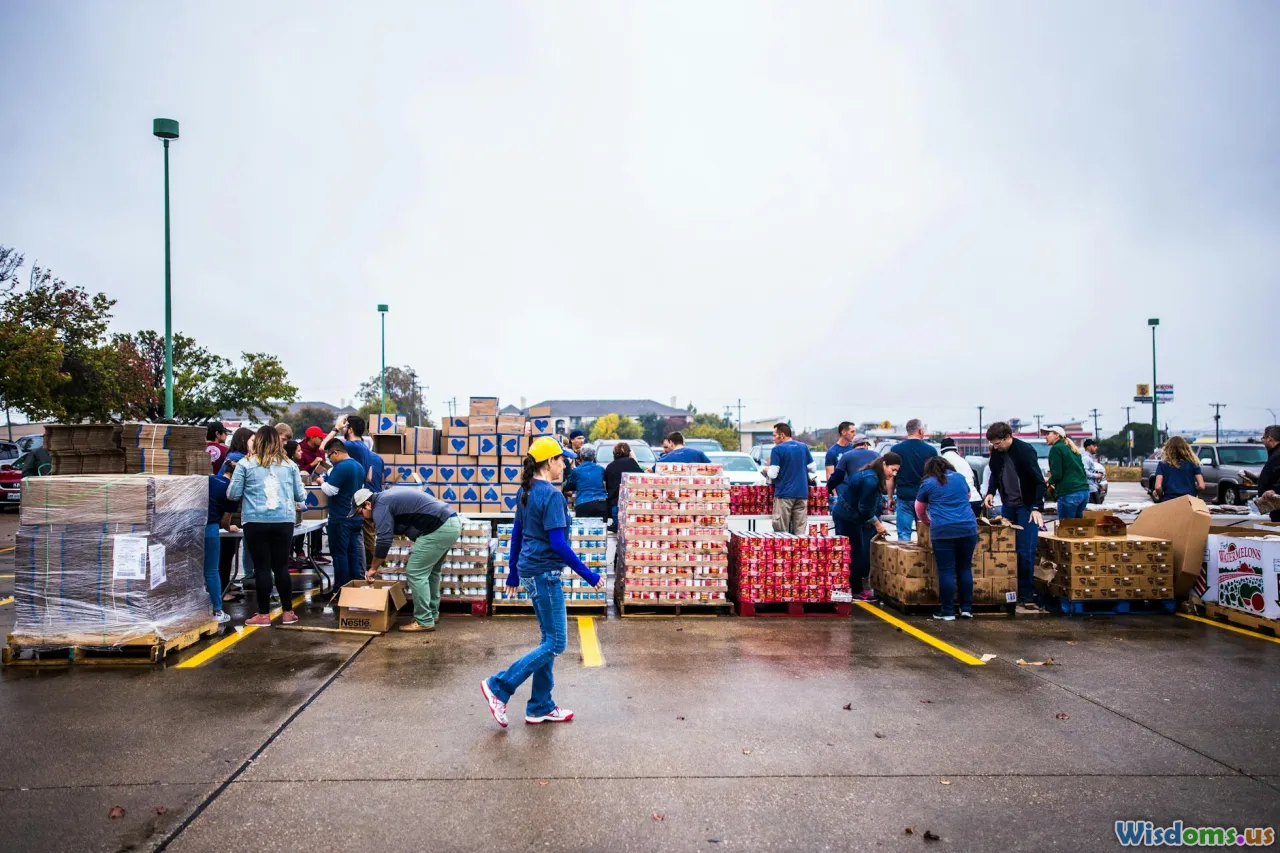
Spaces come to life through activity and shared purpose. The most successful gathering hubs are co-managed by local organizations, residents, and business owners. By shifting some power and responsibility into community hands, there is stronger buy-in and pride.
Examples to consider:
- Open event boards: Digital and in-person bulletin boards make it easy for anyone to propose workshops, pop-ups, or volunteer days.
- Annual idea summits: Residents and stakeholders submit improvement projects, co-deciding on upgrades and future programming, much like participatory budgeting.
- Community host roles: Trained volunteers greet newcomers, explain available resources, and mediate between visitors.
This approach bounds programs to real needs, ensures social equity, and offers skills-building while strengthening social cohesion.
Communities flourish when their gathering places are alive with activity, beauty, and inclusion. By prioritizing multipurpose design, nature, art, technology, accessibility, and meaningful resident involvement, we lay the foundation for lasting vibrancy. The most successful spaces reflect their people’s unique character, while adapting over time. Whether launching a grassroots pocket park project or transforming a downtown square, the journey toward truly vibrant gathering spaces begins with collaboration, creativity, and unflagging community spirit.
Rate the Post
User Reviews
Popular Posts










